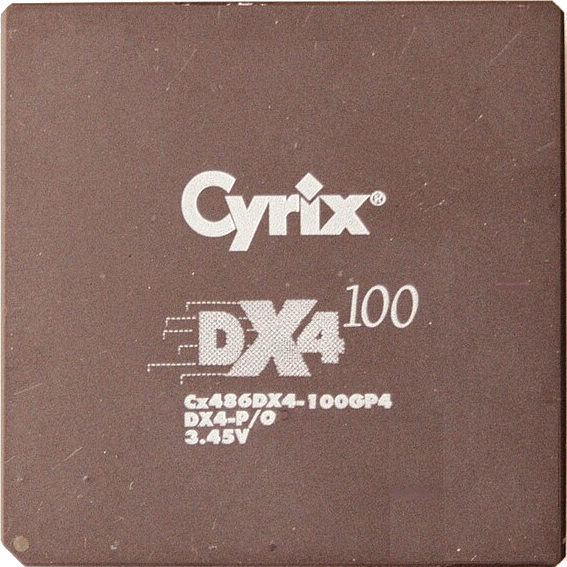- cross-posted to:
- programming@programming.dev
- cross-posted to:
- programming@programming.dev
Very useful, but I don’t understand concept 1, “Don’t pick numbers”.
If I’m right, it’s basically saying don’t do stuff manually, just let the computer do it. I kind of disagree with this. All of my fixed devices have a fixed IP that I manually assigned and derived from the original v4 schema I also have. For example 192.168.x.y becomes prefix::y
Am I misunderstanding something?
Ipv6 requires fundamental rethinking about how addressing is done. If you’re trying to apply v4 concepts to V6 you likely end up running into something they intentionally designed out.
A unique local address is an address space where you could do that. It’s the equivalent to RFC1918 eg. 172/192/10. So you could statically assign fd0::x, and that is expected, but not required generally.
I wouldn’t give each device a static unique global address unless they need to be accessed via wan without domain consistently. You lose device privacy really quickly that way because every device gets a unique globally routable address. It’s fine for internet facing services but most Linux, Windows, and mobile implementations are using ipv6 privacy extensions by default to ensure you get a random GUA every day.
My network is dual stack and I connect mostly over ipv6 to all my internal clients using internal DNS. If my internal DNS is ever down I can fall back to ipv4 or it’s basically the one box on my network with an easy to remember ULA.
Each year I seem to think “this will be the year I set up IPv6 in my homelab” - but then I never get around to it.
If I have to run both v4 and v6 concurrently, there isn’t much incentive/motivation for me to use v6 locally.
Maybe I’ll get around to it when there’s a net benefit for me for my use case, or when I’m forced to.
Am I just imagining it to be more complicated than it actually is?
My router runs pfsense and I have 6 VLANs each with its own subnet - Management, Trusted, IoT, Cameras, Guest, and Web Facing Servers.
This is an old post about ipv6, but it inspired me to go looking, and I wanted to share my findings.
-
for globally routeable IPv6 addresses, probably do let it happen automatically, either direct from the ISP, through the router by prefix delegation, or your own implementation of prefix delegation.
-
for devices you want to access, internally, create a ULA within the fd00::/8 space, and assign numbers (and names) however you like. Translate all your 192.168.x.y IPv4 addresses to fd00::x:y and go. Only limitation is you won’t be able to access those devices, using the ULA, from outside your network.
-
you can do both of these on the same subnet, and devices pick up both addresses then use the global address for internet and the ULA for intranet.
That means you can do dhcp, dynamic DNS, private domains, and all the stuff you know about IPv4 for IPv6, and still do all the stateless autoconfig that “they” want. Some devices, like my android phone, never played well with dhcpd6, but immediately preferred IPv6 as soon as I let them SLAAC.
If the prefix assigned by the ISP doesn’t change, then device SLAAC address shouldn’t change, either, because they’re calculated from MAC, so if you need to access some internal devices from the internet, you have to mark that address, but (IMO) marking the full address is not that much worse than marking the prefix and remembering the device number.
-
The guide mentions:
Your ISP will give you the first 64 bits, and your host machine will have the last 64 bits.
This isn’t correct. While some ISPs do give you the first 64 bit (a /64 prefix), this isn’t recommended and not terribly common either. An ISP should give its users prefixes with less than 64 bit. Typically a residential user will get a /56 and commercial users usually get a /48. With such a prefix the user can then generate multiple /64 networks which can be used on the local network as desired.





